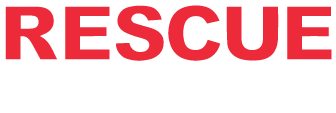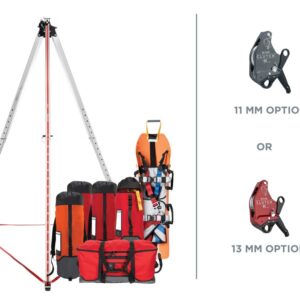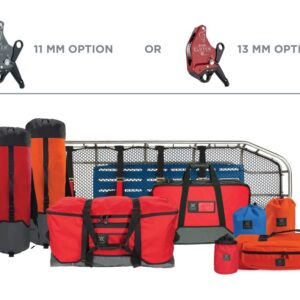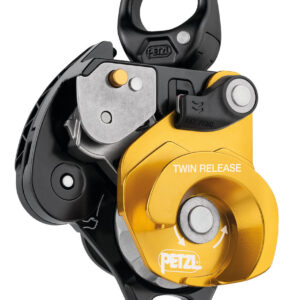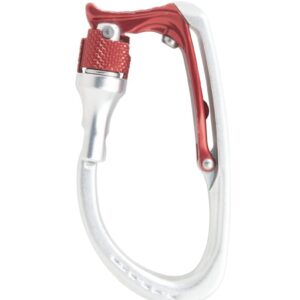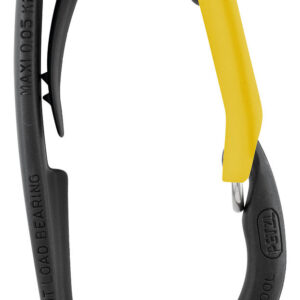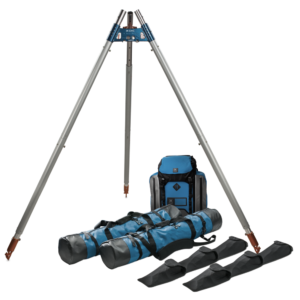Tech Tips
Let Our Experience
be your guide
The following is a new feature, a collection of informational links, tips and tricks of the trade, the purpose of which is to make things a little bit easier for you in your technical rescue career.
We’ll be adding to these resources over time, so if you have any useful tips to share or questions on anything you find here, please don’t hesitate to reach out to us.
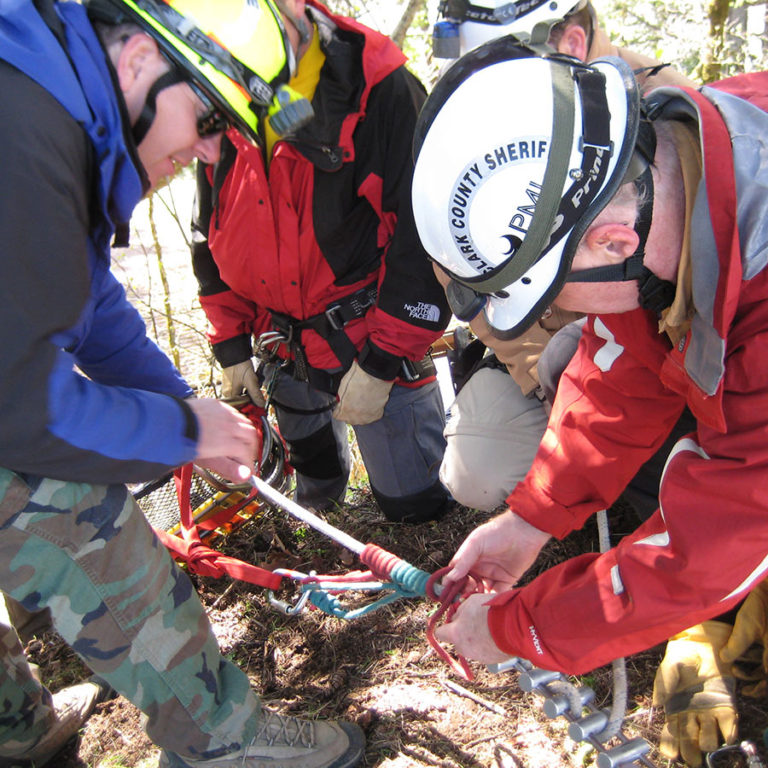
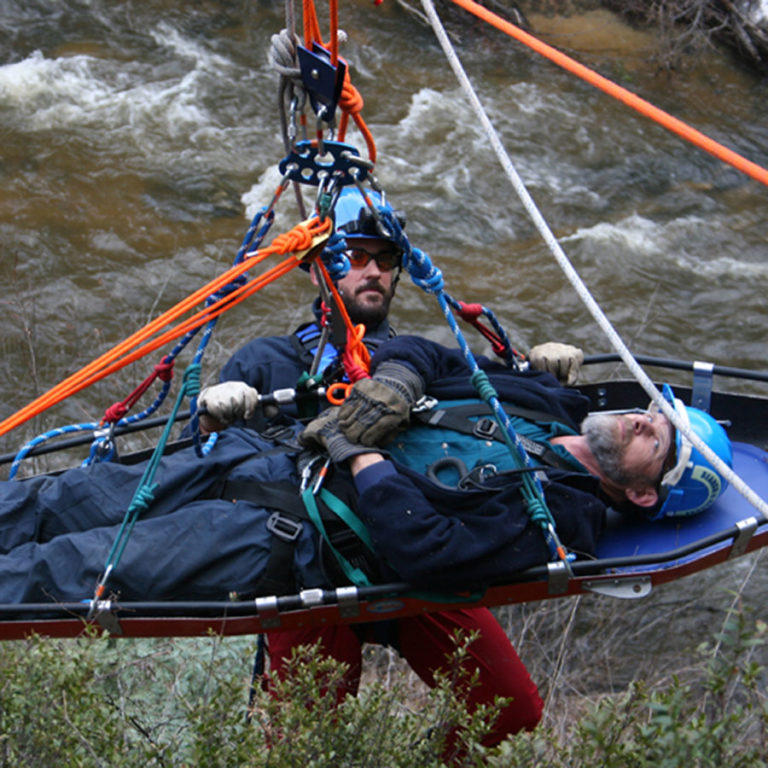
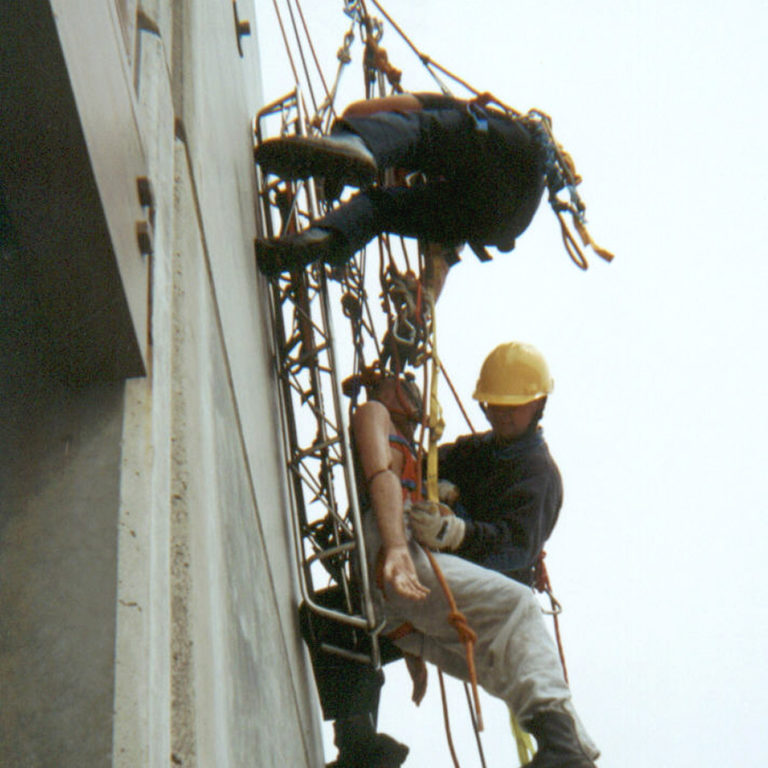
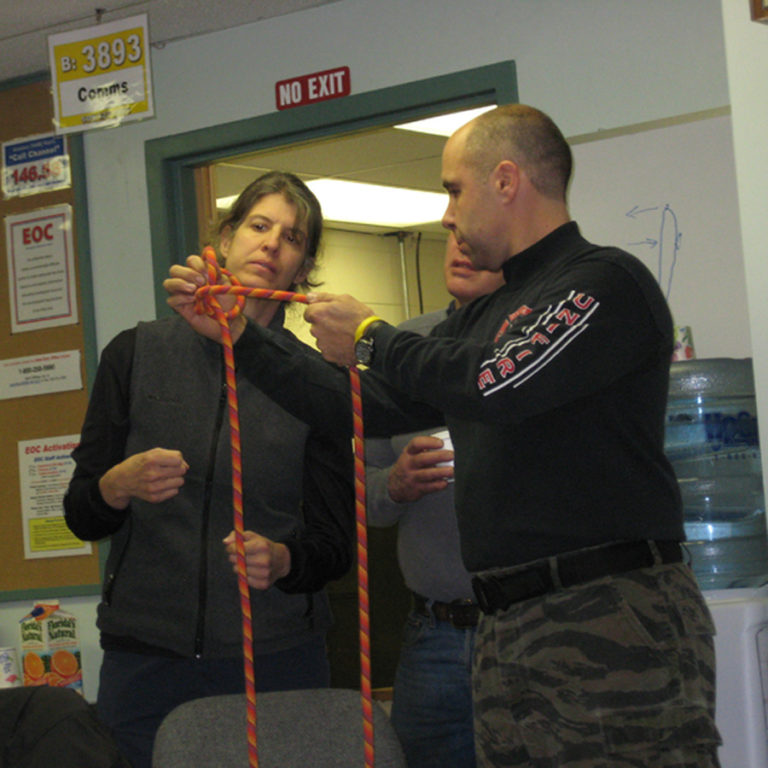

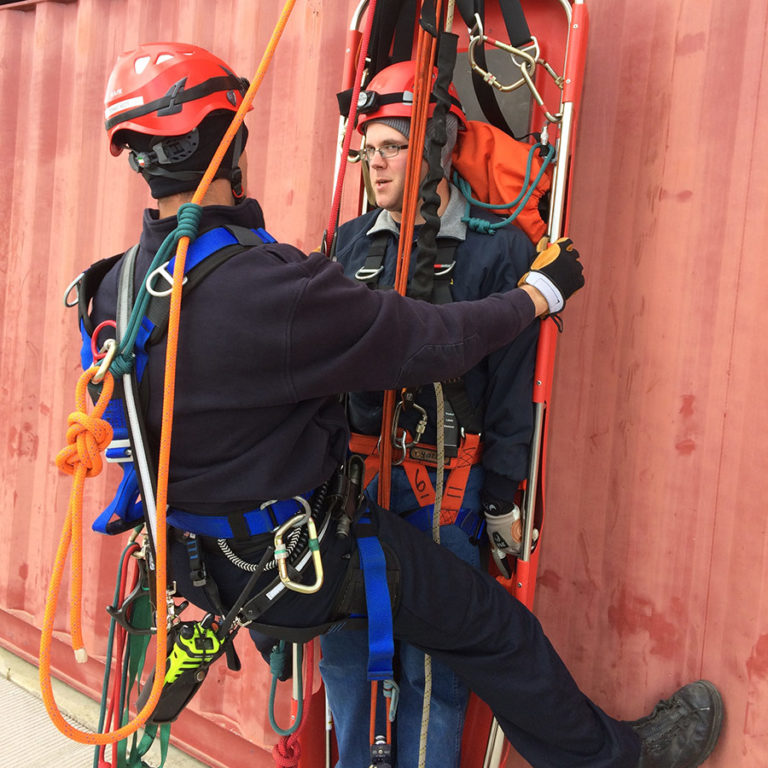
ROPE Tech Tips
As your lifeline as a rescue responder, it is important to know the ins-and-outs of the rope you’re using and how to properly maintain it.
When a customer orders a length of rope less than 600’, it almost always comes in a coil. When the length of rope is cut, it is coiled by being fed from a big spool straight onto a smaller spool, cut to length, and then taken off the smaller spool from the side. When it’s placed in service, rescue rope is almost always stored in a rope bag, into which it is stuffed 6-12” at a time without any kinks. In between those two stages is the process of uncoiling the rope once it’s received from the vendor and taking the kinks out. Depending on how it’s done, this can be a frustrating and laborious process. The good news is, it doesn’t have to be.
Read More >>
Keep track of your rescue incidents.
Download PDF >>
The elongation of a life safety rope relates directly to the impact forces encountered when the rope stops a fall, as well as to the efficiency of a lowering/raising system. The important question is how much elongation is right for any particular application. For sport-climbing, dynamic ropes are used to protect against lead falls, while static ropes are used in caving to minimize stretch and maximize efficiency in ascending/descending. Because rope rescue techniques call for both lowering/raising and belay capabilities, a thoughtful consideration of elongation is required.
Read Further >>
What happens when we actually take a life safety rope out into the field and use it in the dirt, sun, rain, running it through pulleys, ratchets and descenders? Rope is a textile product and abrasion on the fibers through bending the rope, tying knots, running it over rough surfaces and loading/unloading cycles cause wear that decreases the strength of the rope.
Read Further >>
A non-destructive test that tells how much strength your rope has left does not exist at this time. The decision to retire a rope or to keep it in service relies on good judgment that comes only from experience in working with rope. Inspecting a life safety rope involves visually looking for damage, feeling for damage and checking the rope’s history in the rope log.
Read Further >>
All rope rescue equipment should be kept clean and free of dirt and grit to prevent wear that will reduce the strength, effectiveness and lifespan of the equipment. After the equipment has been cleaned, remember to mark it again if necessary and log that it has been cleaned.
Read Further >>
Life safety rope stored on fire apparatus may be exposed to carbon monoxide (CO). This is usually due to exhaust from the apparatus or other power equipment leaking into storage compartments through ventilation openings.
Read Further >>
For many years, the manufacturers of life safety ropes have recommended the use of a cleaning product designed for life safety ropes, such as LifeLine Cleaner, or a mild soap that is safe for nylon or polyester products, such as Woolite®. Harnesses and web products are also made of nylon or polyester and the same washing considerations apply to those products as well.
Read Further >>
For many years, the manufacturers of life safety ropes have recommended the use of a cleaning product designed for life safety ropes, such as LifeLine Cleaner, or a mild soap that is safe for nylon or polyester products, such as Woolite®. Harnesses and web products are also made of nylon or polyester and the same washing considerations apply to those products as well.
Read Further >>
Rope Accessories
-
CMC USAR Task Force Rigging Kit
$8,000.00 – $8,200.00Price range: $8,000.00 through $8,200.00 Select options This product has multiple variants. The options may be chosen on the product page -
CMC Confined Space Rescue Rigging Kit
$10,700.00 – $10,900.00Price range: $10,700.00 through $10,900.00 Select options This product has multiple variants. The options may be chosen on the product page -
CMC Rope Rescue Rigging Kit
$8,200.00 Select options This product has multiple variants. The options may be chosen on the product page -
-
-
Petzl Caritool
$19.95 – $24.95Price range: $19.95 through $24.95 Select options This product has multiple variants. The options may be chosen on the product page -
Petzl William Carabiners – T
$27.95 – $35.95Price range: $27.95 through $35.95 Select options This product has multiple variants. The options may be chosen on the product page
Hardware Tech Tips
Understanding hardware requirements, options and maintenance is a big part of what we do.
The elongation of a life safety rope relates directly to the impact forces encountered when the rope stops a fall, as well as to the efficiency of a lowering/raising system. The important question is how much elongation is right for any particular application. For sport-climbing, dynamic ropes are used to protect against lead falls, while static ropes are used in caving to minimize stretch and maximize efficiency in ascending/descending. Because rope rescue techniques call for both lowering/raising and belay capabilities, a thoughtful consideration of elongation is required.
Read Further >>
Figure 8 descenders vary in regard to their material, shape and the manufacturing process. The smaller, drop-forged aluminum 8s intended for rock climbers may lack the strength needed for a system collection point. This would be of particular concern if large steel carabiners were used to connect into the aluminum descender. The Figure 8s machined out of aluminum plate and the steel models are probably safe to use in most applications.
Read Further >>
Hardware Accessories
-
CMC USAR Task Force Rigging Kit
$8,000.00 – $8,200.00Price range: $8,000.00 through $8,200.00 Select options This product has multiple variants. The options may be chosen on the product page -
CMC Confined Space Rescue Rigging Kit
$10,700.00 – $10,900.00Price range: $10,700.00 through $10,900.00 Select options This product has multiple variants. The options may be chosen on the product page -
CMC Rope Rescue Rigging Kit
$8,200.00 Select options This product has multiple variants. The options may be chosen on the product page -
-
-
Petzl Caritool
$19.95 – $24.95Price range: $19.95 through $24.95 Select options This product has multiple variants. The options may be chosen on the product page -
Petzl William Carabiners – T
$27.95 – $35.95Price range: $27.95 through $35.95 Select options This product has multiple variants. The options may be chosen on the product page
Arizona Vortex Multipod
The Arizona Vortex Multipod is a highly portable and versatile AHD that allows you to elevate rope lines above edges and a range of other obstructions. It is ideal for confined spaces, mines, cliffs and other environments where edge-mitigation is necessary.
So named from its development in the rugged Red Rock highlands of northern Arizona, the Arizona Vortex (AZV) multipod was created from years of trial and error. Having worked with crude but functional lashed timber frames at Sedona-based Ropes That Rescue, Reed Thorne developed the AZV with the help of Rock Thompson at Rock Exotica. The Arizona Vortex represents the essence of at-the-edge frames, which no standard multipod can match today.
Learn More >>
Ice Rescue Equipment
Ice rescue requires a great deal of physical stamina to withstand extreme temperatures and the physical demands of retrieving a victim from water or ice. In addition to being in good physical health, ice rescue technicians need to have these tools on hand:
- 1 appropriately sized ice rescue suit or drysuit
- 1 pair Ice Awls
- 200-300ft water rescue rope
- 2 extra large carabiners
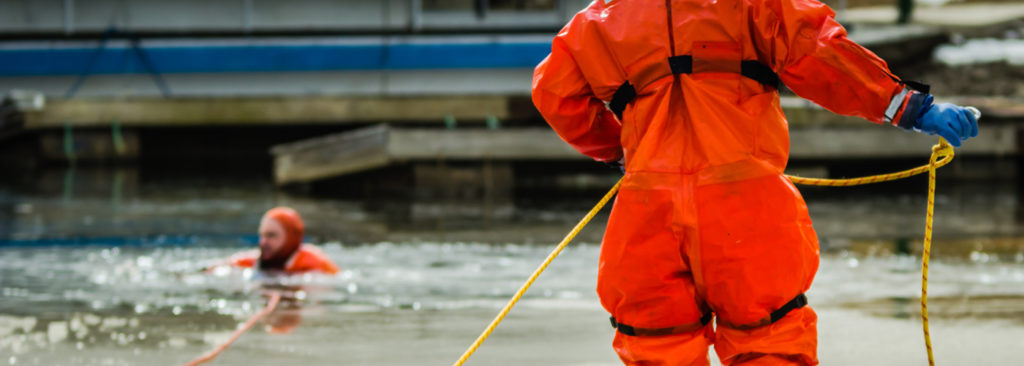
Ice rescue technicians should also come prepared with their preferred cold weather ice rescue gloves and footwear with snow & ice studs. To purchase ice rescue training equipment, visit our online store.
